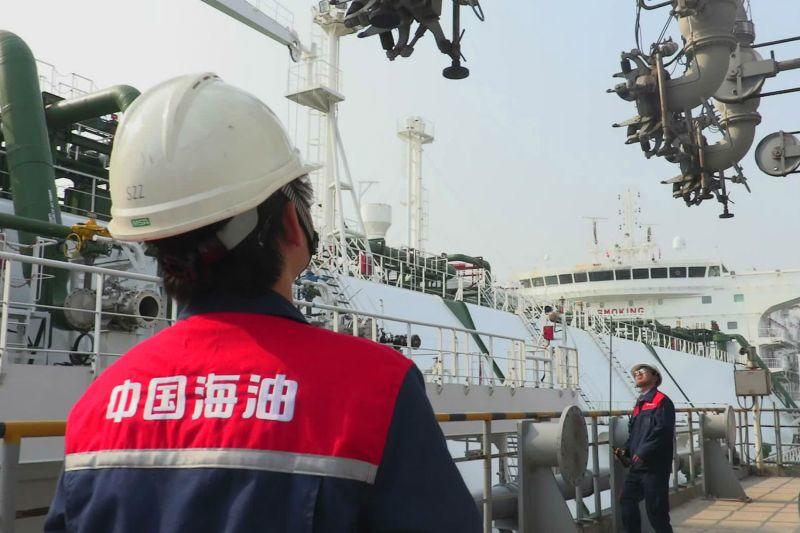China Launches ‘Competitor’ Pipeline Mega-Company In Gambit To Double Oil & Gas Infrastructure
Still leading the globe in new oil and natural gas demand for its population of 1.4 billion people and aggressive economic expansion program, China has established a new multi-bullion dollar state-owned national oil and gas infrastructure to “boost competition” according to state media headlines.
The country’s oil and gas infrastructure is currently predominantly operated by three state energy giants China National Petroleum Corporation (CNPC), Sinopec and CNOOC — with the new addition of the state “competitor” expected to manage most of the national infrastructure, which includes underground natural gas storage and liquefied natural gas terminals as well.

Beijing’s goal is to separate the cost of pipeline transportation from the sale of oil and gas, as Xinhua News Agency announced early Monday: “The new company will separate (oil and gas) transportation, production and sales, and open (transportation) to third-party entities, which will benefit market competition.”
Beijing’s State-owned Assets Supervision and Administration Commission (SASAC) will reportedly have a 40% share in the new entity, along with CNPC holding 30%, Sinopec 20% and CNOOC owning 10%.
“The company will break up the country’s oil and gas pipeline transportation, from upstream production and downstream sales, and will facilitate third-party access to oil and gas infrastructure, helping boost market competition and efficiency of resource allocation,” an industry official said, according to S&P Global Platts.
China will announce the creation of its long-planned national oil and gas pipeline company on Dec. 9 https://t.co/pEeZuGfEbz pic.twitter.com/X93XRiIIxy
— BBG Energy News (@BloombergNRG) December 6, 2019
Risk consultancy group Wood Mackenzie comments that the new company may be worth between $80 billion and $105 billion, and observes further:
As China aims to double its pipeline infrastructure to over 240,000 km by 2025, PetroChina’s midstream spend could hit up to US$20 billion a year. Pipeline reform means the company will no longer be liable for this spend, freeing up funds for domestic investment and overseas expansion.
China has a long term plan of seeking to double its pipeline infrastructure to over 240,000km by 2025, part of President Xi Jinping’s broader initiative to rapidly modernize and streamline industrial capacity across the country.
Last week China and Russia jointly launched the major unprecedented cooperative project that had been years in the making called the ‘Power of Siberia’ gas pipeline — an east-route pipeline from Siberia now providing China with Russian natural gas, which according to Chinese state media is expected to reach 5 billion cubic meters in 2020 and increase to 38 billion cubic meters annually from 2024.
Xi had hailed the pipeline’s inauguration as signaling a new start in future China-Russian cooperation and partnerships. Western leaders have received it as an alarming indicator of the two Washington ‘enemies’ seeking to transform the East into the globe’s new energy powerhouse.
Tyler Durden
Mon, 12/09/2019 – 20:00
via ZeroHedge News https://ift.tt/2DZXh3V Tyler Durden